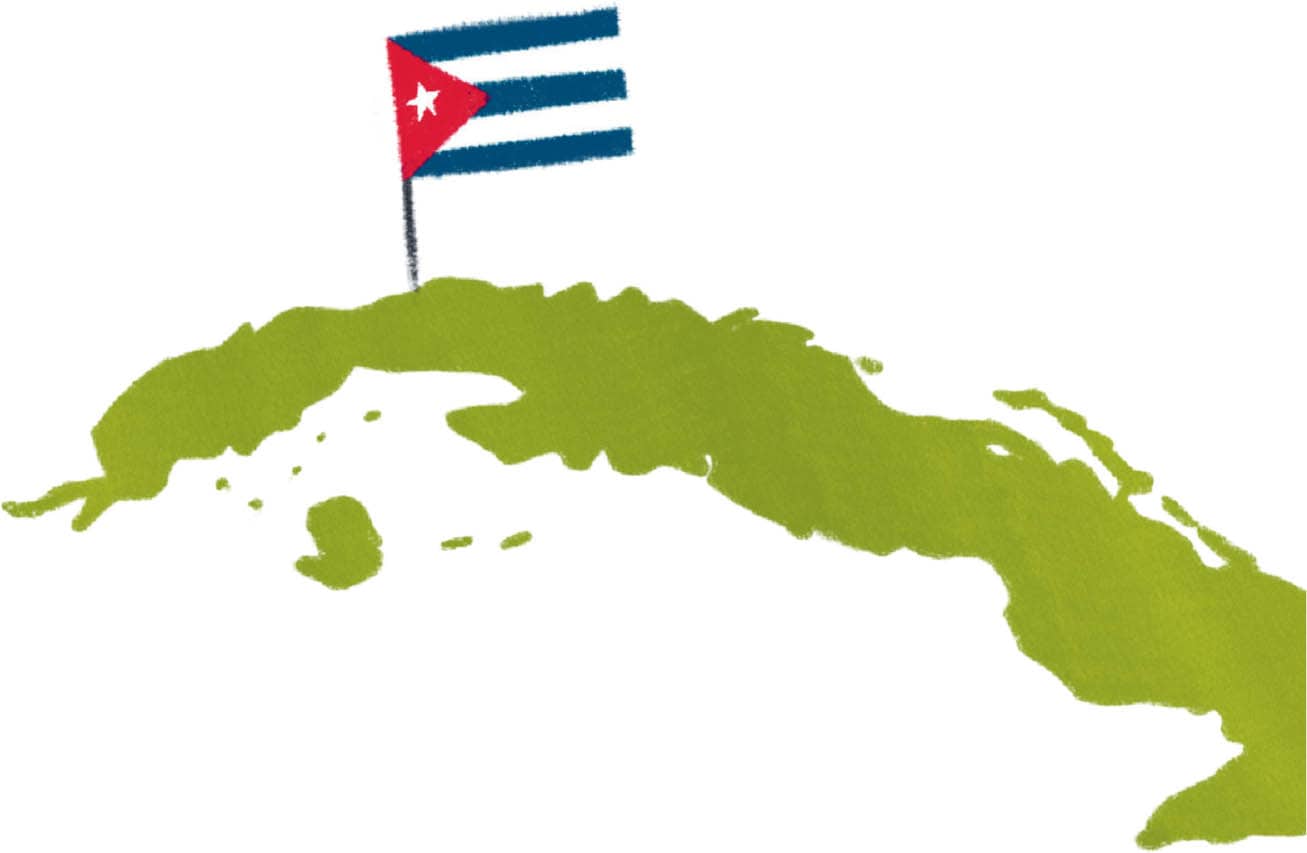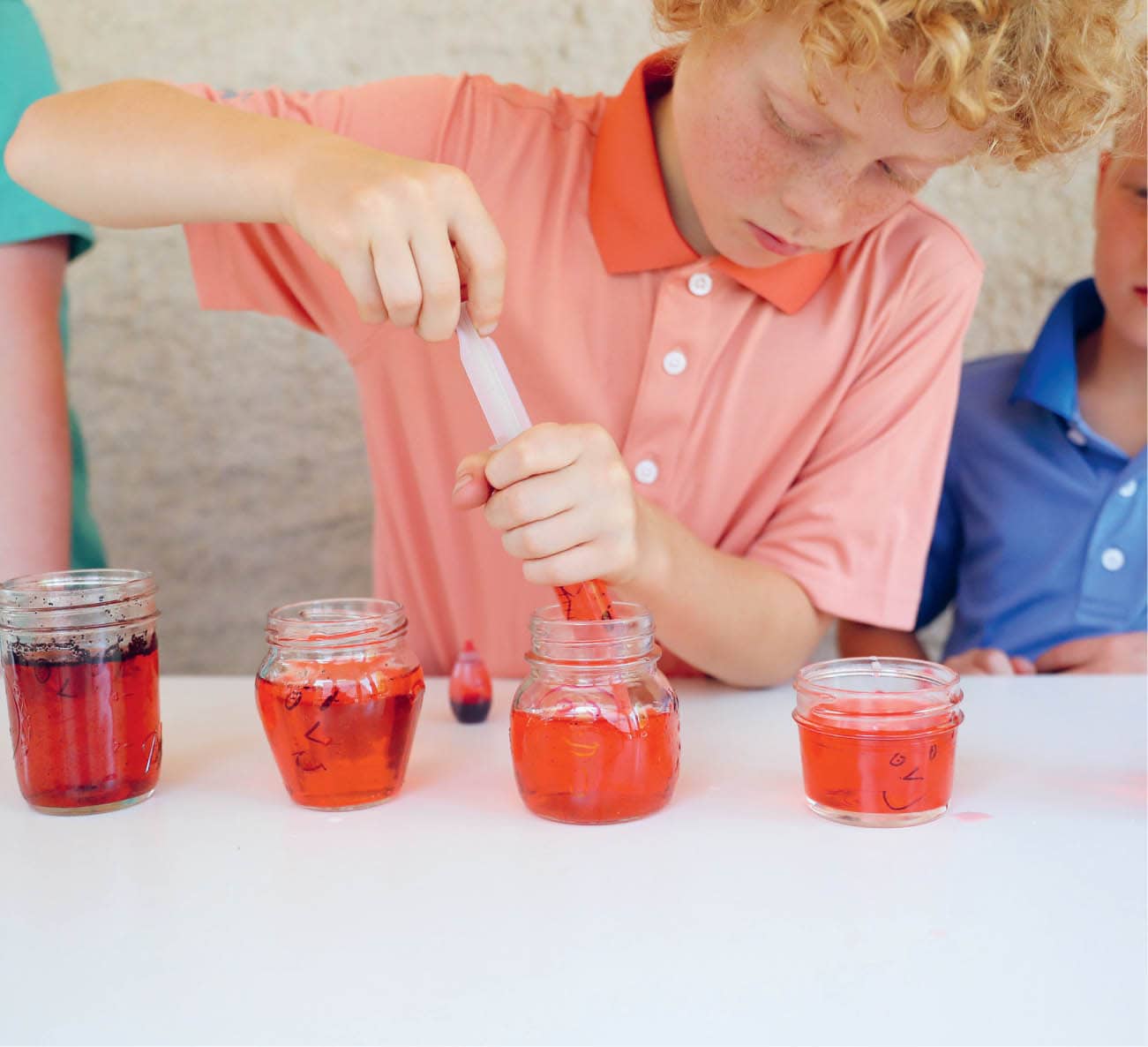 LAB 7
LAB 7 
Carlos Juan Finlay b. 1833

WORLD TRAVELER
Juan Carlos Finlay y de Barrs, who later rearranged his name to Carlos Juan, was born in Cuba in 1833. Carlos attended school in France and England, but his studies were interrupted by illness twice, and he was forced to return home. Eventually, he traveled to the United States, where he studied medicine and graduated from Jefferson Medical College in Pennsylvania.
YELLOW FEVER
Upon returning to Cuba, Carlos became an ophthalmologist, married, and studied a dreadful disease called yellow fever. In addition to its namesake fever, the illness caused horrible muscle aches and could attack the liver, causing the skin of victims to take on a yellowish hue. Finlay hoped that if he could discover how the disease spread, he could save many lives.
A VECTOR
Carlos Finlay soon figured out that the disease was spread by mosquitos. They acted as “vectors” for yellow fever, carrying it from person to person. He even learned what type of mosquito carried the disease and suggested that controlling mosquitoes might stop the spread of yellow fever, but not everyone believed him.
MORE EVIDENCE
In 1900, the U.S. Army physician Walter Reed arrived in Cuba and Finlay told him about his theory that the mosquito species Culex fasciatus, which is now known as Aedes aegypti, carried the disease. Walter Reed conducted a set of dangerous, unethical experiments in which disease-carrying mosquitoes were allowed to bite human volunteers. The volunteers all got sick with yellow fever, proving that Finlay was correct.
A MONUMENTAL DISCOVERY
Once people started spraying for mosquitoes, yellow fever disappeared in Cuba and in Panama, where the United States was trying to build a canal. Controlling mosquitoes not only solved the problem of yellow fever, it helped to control another disease called malaria, which also spread by mosquitoes.
NO NOBEL PRIZE
Although Walter Reed always gave Carlos Finlay credit for discovering the vector of yellow fever, history credited Reed for “beating malaria.” After his death in 1915, the Cuban government created the Finlay Institute for Investigations in Tropical Medicine in his honor. Finlay was nominated for a Nobel Prize in Medicine seven times but was never awarded the prestigious medal.
IN TODAY’S WORLD
Mosquitoes carry several disease-causing microbes, but they also play an important role in food chains. Scientists are still trying to learn how to control the number of diseasecarrying mosquitoes without harming humans and other animals in the process.

Carlos Finlay learned from his research that the disease yellow fever is spread from person to person by mosquitoes. In this lab, you’ll use water and coffee grounds to see how mosquitos can pass microbes from one person to another. The coffee grounds should be fine enough to fit through the tip of the syringe. 1 If using jars, use a permanent marker to draw faces on the glass to represent people. Fig. 1. Fig. 1. Draw faces on the jars or use duct tape to make faces on drinking glasses. 2 Fill each glass with water and add a drop or two of food coloring so the water looks like blood. Fig. 2. Fig. 2. Add red food coloring to water and mix. 3 Add a spoonful of coffee grounds to one jar. The coffee grounds represent an infection-causing organism, such as flavivirus, which causes yellow fever. This jar now represents an individual with yellow fever. Fig. 3. Fig. 3. To one jar, add some coffee grounds. 4 Move the jars around and clink them together. Like the coffee grounds in the glasses, the flavivirus that causes yellow fever can’t move from person to person without help. The virus requires mosquitoes to transmit the virus from person to person. 5 The syringe or eyedropper will represent a mosquito, which is called the vector for yellow fever. Use a marker to draw mosquito-like features on the syringe, such as wings, eyes, and six legs. 6 Use the syringe or eyedropper to draw up some of the fake blood and coffee grounds from the “infected” jar. Move the syringe to another jar and inject the water in that jar with the coffeeground contaminated water. This represents how mosquitoes pass viruses, bacteria, and parasites from one host to another. Fig. 4. Fig. 4. Use the mosquito-like syringe to draw up some fake blood from the jar “infected” with coffee grounds. 7 Take some of the blood from the jar you just contaminated and spread the disease from host to host until all the jars are “infected” with yellow fever. Fig. 5, Fig. 6. Fig. 5. Use the mosquito syringe to infect other jars with coffee grounds. Fig. 6. This project lets you see how mosquitos spread diseases such as yellow fever from one person to another. CREATIVE ENRICHMENT Look up some other diseases spread by mosquitoes to learn how different microbes survive and multiply inside of mammals. THE BIOLOGY BEHIND THE FUN Biological vectors are living organisms, such as mosquitoes, that can spread disease from animals to humans, and from human to human through their saliva. The flavivirus that causes yellow fever is found in tropical and subtropical areas of South America and Africa. Yellow fever is spread by the Aedes aegypti mosquito, which has distinctive white markings on its legs. This mosquito species is a vector for several other infectious diseases, including dengue fever, chikungunya, and Zika fever. Yellow fever victims often experience fever, aches, and pains, but the virus can attack the liver, causing jaundice, a condition that makes human skin look yellow. Today, a single dose of a yellow fever vaccine prevents infection with the virus. The vaccine consists of a live, weakened form of the virus which primes the immune system to fight the virus without actually causing the disease. It has played an important role in preventing the spread of yellow fever from person to person.BIOLOGICAL VECTORS/MOSQUITOES
MATERIALS
SAFETY TIPS AND HINTS
PROTOCOL






